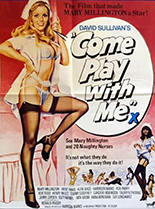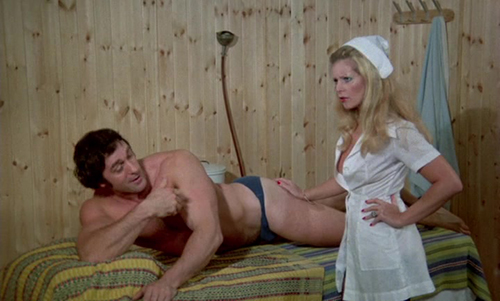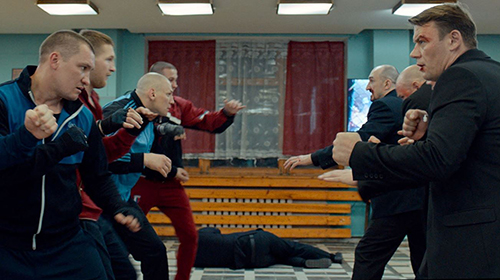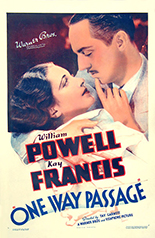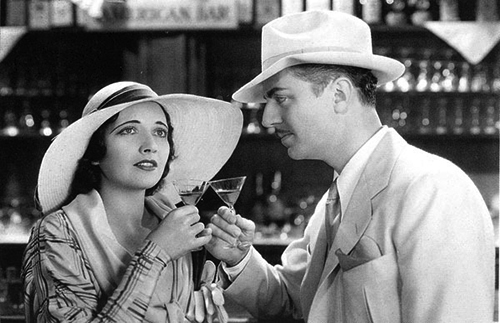
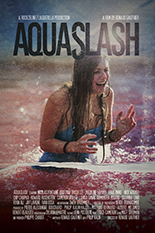 If I were a betting man, I’d place all my chips on the theory that Renaud Gauthier’s Aquaslash came into existence because of one scene. Admittedly (not to mention literally), it’s a killer: the one where most unfortunate watersliding teens meet a big, bladed “X” on their trip down the tube, and the bratty popular girl at the front immediately gets quartered into nice, neat (but bloody) pieces shaped like pie slices, as if the gods were playing Trivial Pursuit with dismembered humans.
If I were a betting man, I’d place all my chips on the theory that Renaud Gauthier’s Aquaslash came into existence because of one scene. Admittedly (not to mention literally), it’s a killer: the one where most unfortunate watersliding teens meet a big, bladed “X” on their trip down the tube, and the bratty popular girl at the front immediately gets quartered into nice, neat (but bloody) pieces shaped like pie slices, as if the gods were playing Trivial Pursuit with dismembered humans.
Placed there on purpose by a gloved person unknown, the blades are inserted many, many minutes before Aquaslash gets around to paying them off. Gauthier even periodically cuts (no pun intended) to show them in wait amid rushing chlorinated water in an otherwise empty flume; no shot has been teased so mercilessly in cinema since Catherine Tramell’s Great Leg Uncrossing of 1992.
When the carnage arrives, it’s easily the movie’s highlight — but almost by default, because Gauthier (Discopath) has no other comparable bit to offer. Everything in this waterpark-set story appears to have been written around that novel death — and forced if necessary, as if Piranha 3DD already claimed every other possible waterslide gag. (Come to think of it, yeah, it did.)
Of course, originality is not on Aquaslash’s to-do list. Being an exercise in 1980s nostalgia, the movie takes place at Wet Valley Water Park, where the class of 2018 continue its high school’s decades-old tradition of a weekend-long party at the site, seedy motel rooms included. Several characters are introduced at once with little delineation beyond who hates whom, who gets high with whom, who’s fucking whom and who’s playing in the cover band (TRIGGER WARNING: Corey Hart). Key affiliations among them aren’t made clear until well into the last 20 of its rather expeditious 71 minutes, but really, when everyone is this unlikable and you know they’re mere pawns awaiting execution, does it matter?
French-Canadian to the point of seeming alien, Aquaslash attempts some comedy, only one line of which truly succeeds: “You’re built like a Swiffer.” —Rod Lott



